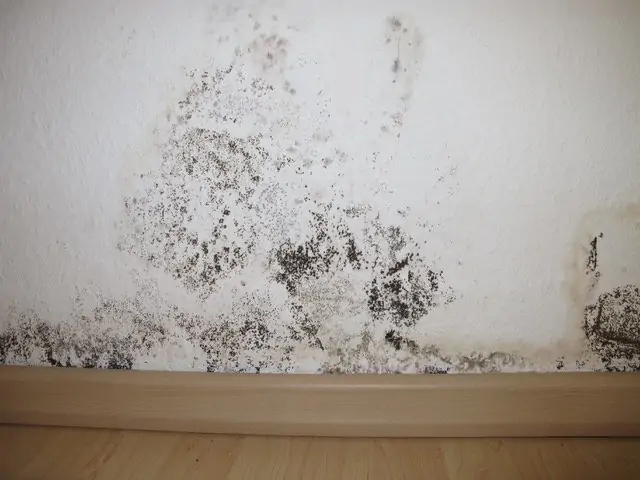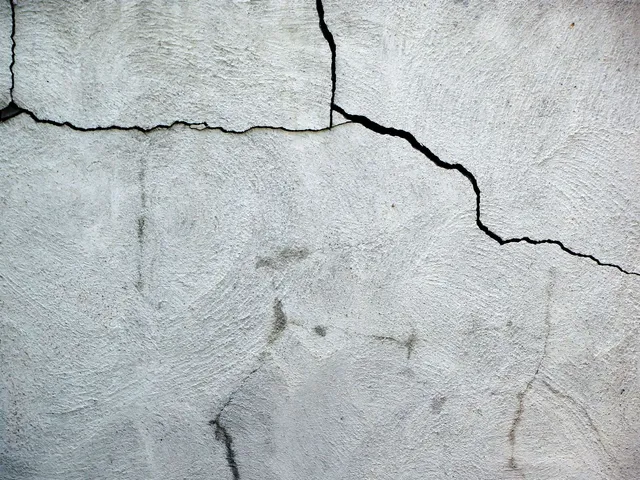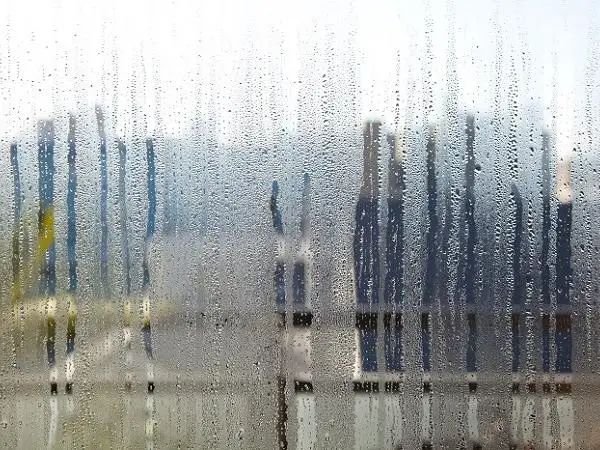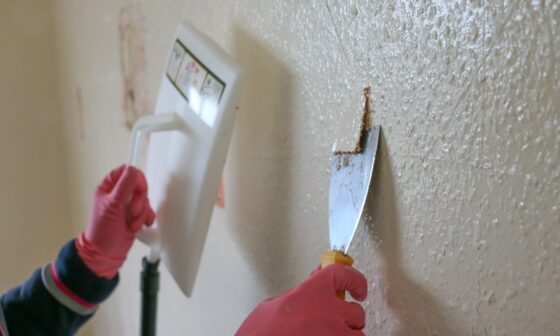
Dealing with damp walls can be a frustrating and challenging issue for homeowners. Not only can it lead to structural problems, but it also poses health risks due to mould and mildew growth.
In this comprehensive guide, we will walk you through the process of treating damp walls internally.
By following these steps, you can effectively address the problem and restore the integrity of your walls, ensuring a dry and healthy living space.
how to treat damp walls internally
-
Inspecting External Factors
The first step in treating damp walls internally is to examine any external factors that might be contributing to the problem.
Check for issues such as damaged roof tiles, clogged gutters, or poorly functioning downspouts. Repairing these problems can prevent water from seeping into your walls and causing dampness.
-
Clearing Gutters and Downspouts
Blocked gutters and downspouts can lead to water overflow, which can eventually penetrate your walls.
Regularly clean and maintain these drainage systems to ensure proper water flow and prevent damp issues.
-
Checking for Plumbing Leaks
- Internal plumbing leaks can be a common cause of damp walls. Inspect all visible pipes for leaks and have them repaired by a professional plumber if needed.
-
Repairing Cracks and Gaps

Small cracks and gaps in your walls can also allow moisture to enter. Seal these openings using appropriate sealants or filler materials to keep water at bay.
-
Improving Ventilation
Proper ventilation is crucial in preventing condensation, which is a leading cause of dampness. Install extractor fans in kitchens and bathrooms and ensure that rooms have sufficient airflow.
-
Replacing Damaged Plasterboards
In severe cases of wall damage, consider replacing damaged plasterboards to ensure structural integrity and prevent further issues.
Dealing with Condensation

-
Controlling Indoor Humidity
Controlling indoor humidity levels can significantly reduce the chances of dampness. Use a hygrometer to monitor humidity and maintain it below 50% to discourage mould growth.
-
Proper Ventilation Tips
Allow fresh air to circulate in your living spaces. Open windows regularly, especially after cooking or showering, to let out excess moisture.
-
Using Dehumidifiers
Invest in a good-quality dehumidifier to extract excess moisture from the air. This can be especially beneficial in areas with high humidity levels.
-
Installing Extractor Fans
Extractor fans are highly effective in removing steam and moisture from kitchens and bathrooms. Consider installing them in areas prone to dampness.
Applying Damp-Proofing Solutions
-
Tanking
Tanking involves applying a waterproof coating to the internal walls, creating a barrier against water penetration. This is particularly useful in basements and cellars.
-
Damp-Proof Membranes
Damp-proof membranes can be used on walls before plastering or tiling. They create a barrier that prevents dampness from affecting the finished surface.
-
Waterproof Sealants
Waterproof sealants can be applied to cracks and gaps in walls to prevent moisture infiltration. Choose a sealant suitable for your wall material.
-
Damp-Proof Paints
Damp-proof paints are specially formulated to resist damp and mould growth. Apply them to your walls for an added layer of protection.
Treating Mould and Mildew
-
Mould Removal Safety Precautions
Before tackling mould removal, ensure you take safety precautions. Wear protective gear such as gloves and a mask to avoid direct contact with mould spores.
-
Homemade Mould Removal Solutions
Create a mixture of water and white vinegar or baking soda to remove mould from affected areas. Scrub gently and rinse thoroughly.
-
Using Commercial Mould Removers
Alternatively, use commercial mould removers that are specifically designed to eliminate mould and mildew. Follow the manufacturer’s instructions for best results.
Preventive Measures for the Future
-
Regular Maintenance Tips
Regularly inspect your walls and perform necessary repairs to catch damp issues early and prevent them from worsening.
-
Monitoring Humidity Levels
Keep track of indoor humidity using a hygrometer and take appropriate measures to maintain optimal levels.
-
Exterior Waterproofing
Consider exterior waterproofing methods such as applying waterproof coatings or installing drainage systems to keep water away from your walls.
-
Professional Inspections
Schedule regular professional inspections to identify potential damp problems and address them promptly.



Comments are closed.